Seraphinite: the meaning and properties of the stone
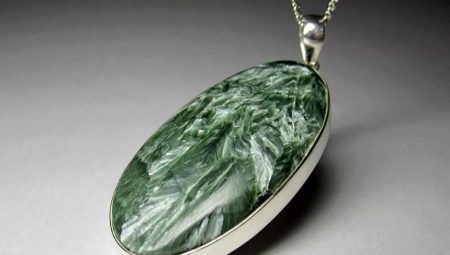
A variety of gems are used in the manufacture of jewelry. At first, the reserves of the discovered deposits fully met the demand. But then it turned out that stones with a green palette, such as emeralds, malachites, tourmalines, were not enough, and they needed to be replaced with something. Survey and work began on the extraction of such materials. One of these new minerals is seraphinite.
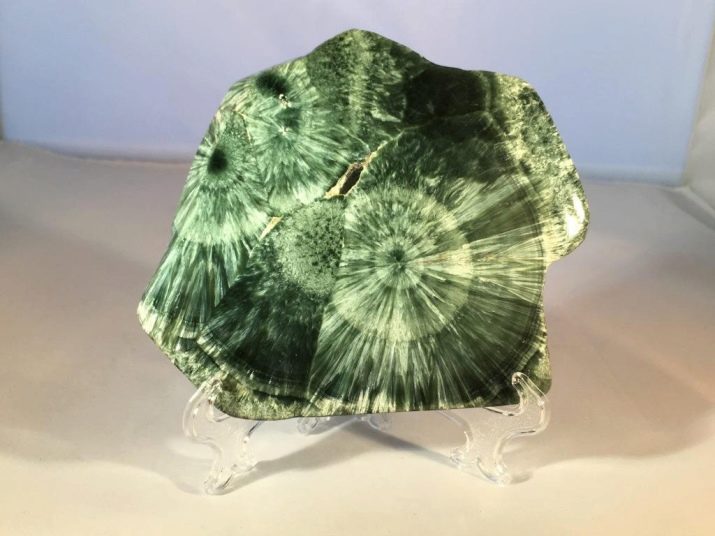
Description
Serafinite, or clinochlore, refers to complex silicates, chlorites, it contains ions of aluminum, iron and manganese. The stone has a fibrous structure, is easy to work with, is soft and brittle. Under the influence of concentrated sulfuric acid, it gradually dissolves.
It is a rare mineral of various shades of green with a beautiful pattern in the form of lighter wedge-shaped stripes. There are also nuggets of greenish-yellow color; in bright light they give the impression of being gilded.
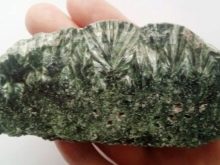
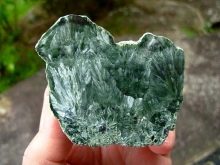
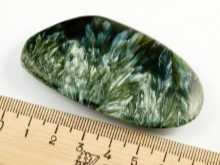
In the process of cutting, it is not always possible to obtain the correct geometric shape. Experts recommend handling products made from this gem very carefully, since the slightest mechanical impact can leave noticeable traces that destroy the unique pattern of the stone. For cleaning, use a soft cloth and, if necessary, a neutral liquid detergent (such as baby soap).
Seraphinite is mined only in Russia. The only field is located in the Irkutsk region near Lake Baikal in the Angara region. Thanks to the original, unique design, it cannot be faked. In addition, polymer clay crafts are much harder. Currently, the importance of this stone in jewelry is starting to grow.
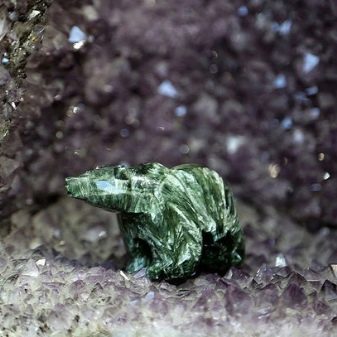
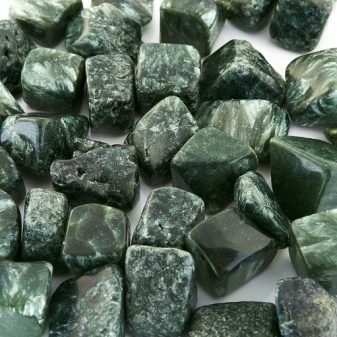
Origin story
The mineral was first discovered and described in the second half of the 19th century by the famous Russian scientist-mineralogist Nikolai Ivanovich Koksharov. The original scientific name of the stone "clinochlor" comes from 2 Greek words: "wedge" and "chloros", which means "beveled" (or "wedge-shaped") and "green". At first, stone cutters and jewelers did not pay much attention to him. But collectors highly appreciated the unusual delicate drawing, different in each sample. Some time passed, and gradually clinochlore began to be used in jewelry, as well as for the manufacture of various figurines, souvenirs, and caskets.
It was then that he received his new well-known name: seraphinite. There is a beautiful legend that says that this stone originated from a feather that fell from the wing of the supreme Christian angel: the seraphim, the Lord's helper. The drawing of the mineral really resembles the outlines of angel wings. According to another legend, nuggets are the frozen tears of an angel who cried out of pity for lost humanity. The patterns on the stones also look like fern leaves and the pictures that frost paints on glass.
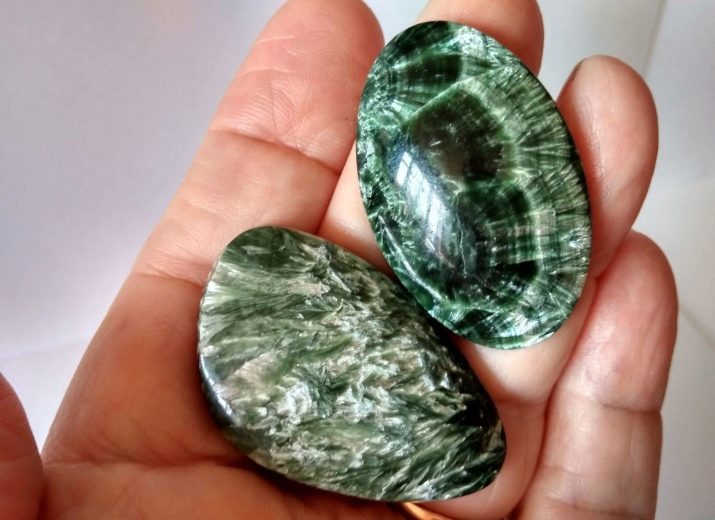
Varieties
Several types of seraphinite are known. They differ from each other in color and therefore in the proportions of the elements they contain.
- Kochubeit. Clinochlore, which contains chromium. The deposits are located in the Urals. The stone was named in memory of the Russian scientist and collector Pyotr Andreevich Kochubei. It has an uncharacteristic color for this group of minerals: lilac-green. An interesting phenomenon: the color changes depending on the lighting: there is more lilac in artificial light, and green in natural light. Occasionally, there are specimens that are pink or purple in color.
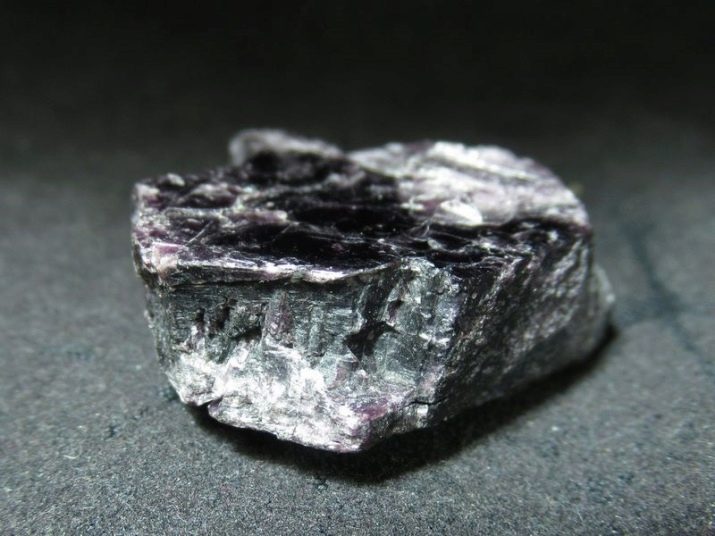
- Sheridanite. The predominant element in this gem is aluminum. The name is associated with the area where this species was first discovered: Sheridan, Wyoming, USA. It is characterized by a slightly lighter, somewhat grayish palette of colors.
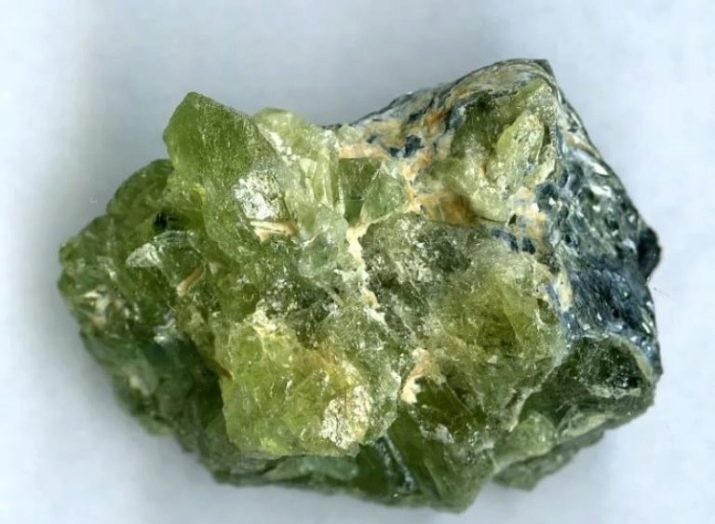
- Leuchtenbergite... Due to the small proportion of iron, this mineral is colored in very light green tones with a yellowish tint. There are specimens of almost white color. The name comes from the surname of Duke Maximilian of Leuchtenberg, head of the corps of mining engineers of the Russian Empire in the middle of the 19th century.
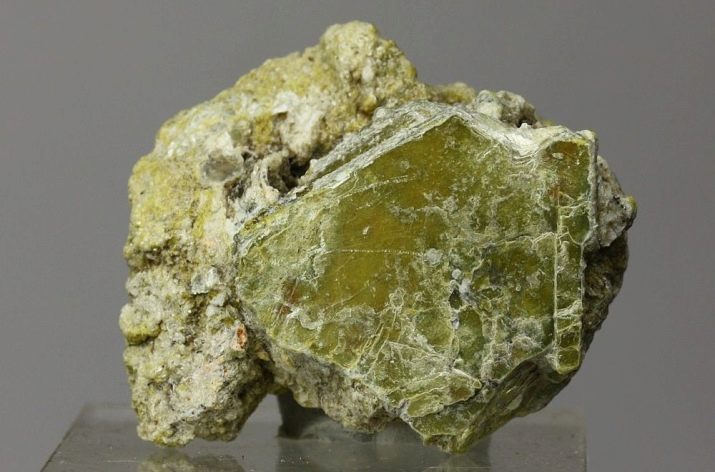
- Kemmererite. It contains more chromium than kochubeyite. Therefore, the color is much darker. Named after the Russian scientist who compiled the first description of the stone: A. B. Kemmerer, pharmacist and mineralogist.
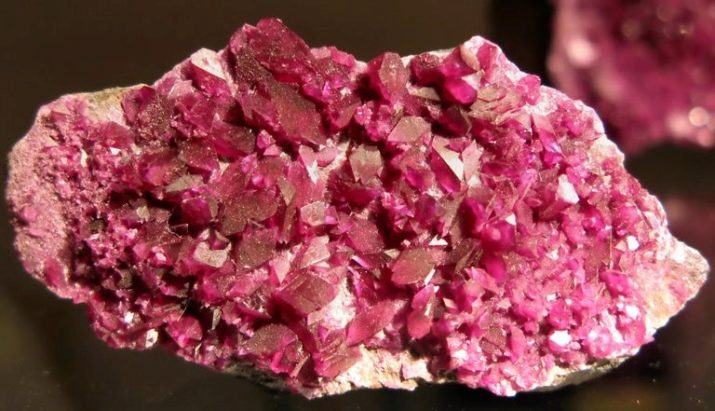
Properties
Like any other natural gems, seraphinite has beneficial qualities and can help its owner in various life situations, as well as improve health.
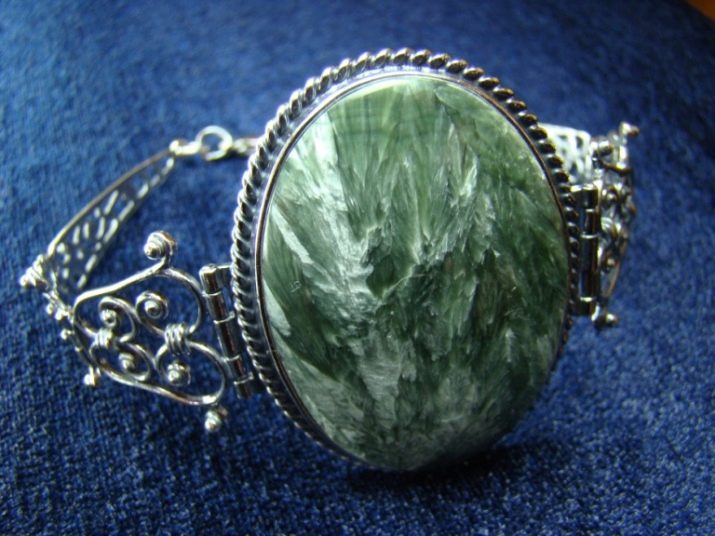
Therapeutic
The healing properties of the stone help to overcome many ailments.
- Burns, cuts, scrapes, abrasions. The mineral promotes the formation of new cells, restores their structure, thanks to which there are no scars on the skin.
- Effective in diseases of the heart and blood vessels.
- Improves the condition of the body after surgery.
- Stabilizes arterial and intracranial pressure, relieves headache and migraine symptoms.
- With it, coughs, runny nose, fever and other symptoms of colds pass easier and faster.
- With depression, depression, it is enough for 10-15 minutes a day to carefully peer at the drawing on the stone, distracted from vain worries, and calmness, serenity, poise appears. Instances of lilac tone strengthen the immune system, and also help to better resist stress.
- Another interesting property: for the fair sex, this gem slows down the aging process of the skin, gives it youth, radiance and elasticity. For men, the stone gives strength to perform difficult tasks.
- Mineral with a yellow tint helps to cope with tumors, benign and even malignant, if used at the initial stage of the disease.


The stone does not have any harmful effect on health and well-being; jewelry made from it can be worn daily.
Magical
The magical properties of seraphinite are not yet well understood. It is considered a kind exalted stone of angels, the silvery glow in the pattern of the wings personifies the heavenly light. He has a beneficial effect on the souls of people, directs on the path of virtue, awakens the desire to be just, merciful, open, relieves of evil feelings. During meditation sessions, spherical shapes made from this mineral are used. They drive away evil spirits, the aura is cleared, contact with higher forces occurs.
Products and various figurines can be a family amulet that protects against harmful negative influences. If you put them in the house, relationships improve, more affection and love appear, a kind and warm atmosphere is established.
In addition, the inflow of finance increases, and money is spent on useful things.
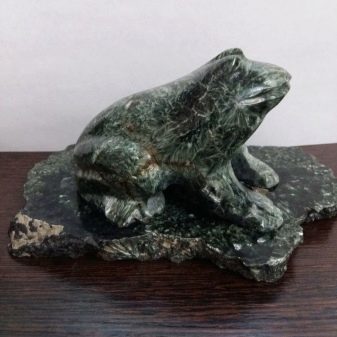

Application
Recently, the use of seraphinite in both stone-cutting and jewelry making has been steadily increasing. Products made from it are becoming more and more popular. A wide variety of jewelry is made from this gem: rings, earrings, pendants, beads, necklaces. The stone looks good in a thin silver setting.
Most often, stones of large and medium sizes are used, since the pattern is better visible on them. Thanks to the delicate, unique pattern, each piece is exclusive. Caskets, souvenirs, and figurines are no less original.
Angelic fragile mineral is the best suited for making rosary.
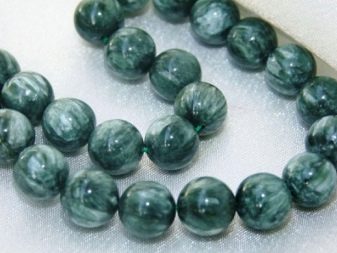
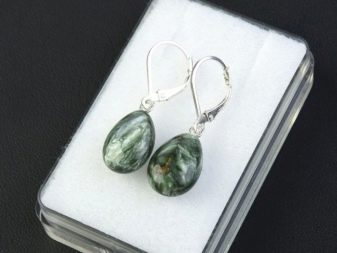
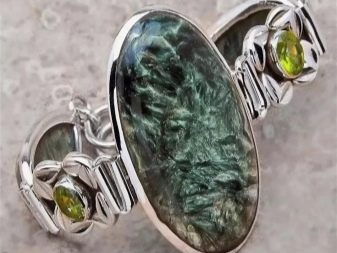
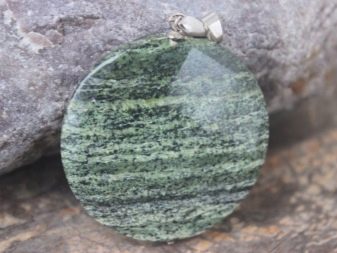
Who is the stone for?
Spirituality and purity make seraphinite most suitable for people whose activities are related to spirituality, education, helping others, charity. First of all, these are priests, philosophers, teachers, doctors, cultural and artistic workers, as well as everyone who brings good to the world and who is not indifferent to the fate of mankind. From an astrological point of view, this stone is suitable for all signs of the zodiac.
Positive light energy creates a positive and light mood when everything is good and life brings only joy. A rethinking of values takes place, a person begins to pay more attention to the spiritual components.

He harmonizes the signs of each element:
- earthly - Virgos, Taurus, Capricorns - become sublime, easy to communicate;
- air - Gemini, Libra, Aquarius - on the contrary, descend from heaven, constancy and prudence appear in them;
- fiery - Lions, Aries, Sagittarius - calm down, stop quarreling and rush from one extreme to another;
- aquatic - Pisces, Cancers, Scorpions - get a charge of energy and vivacity.
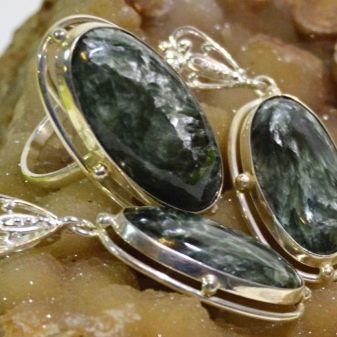
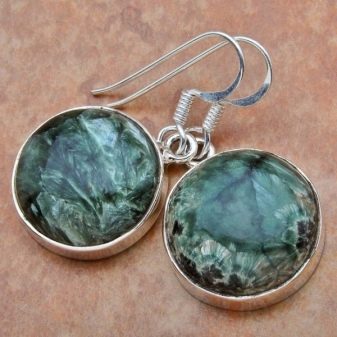
It is believed that the effect of the stone on the married couple of Virgo and Capricorn is especially beneficial. It is useful for creative people to wear clinochlore products, as this truly angelic stone brings inspiration and strength to bring the project to the end. His presence gives people beauty, health, helps in difficult moments of life.
For the mineral seraphinite, see the video below.








